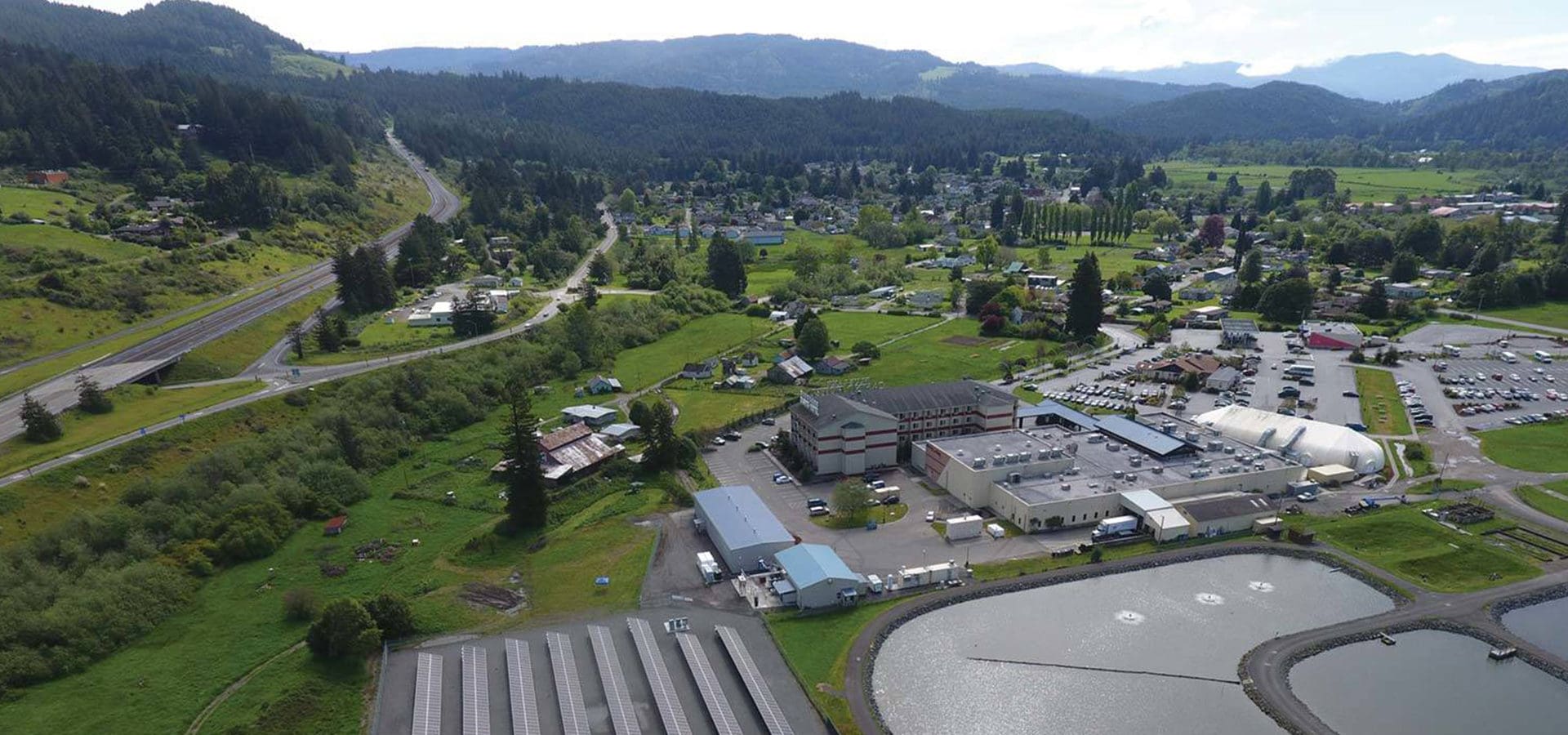
How a Native American Tribe in Humboldt Kept the Lights On During Last Fall’s Major Power Outages
Off, and on, the grid.
-
CategoryHomes + Spaces, Makers + Entrepreneurs, Sustainability
Planned power outages have become routine business in California ever since the rise of seasonal wildfires. The utilities hope the shut-offs will reduce the risk of new fires during extremely dry and windy conditions. But during October’s outages, a small Native American tribe in Humboldt County stayed energized thanks to a microgrid.
The state-of-the-art system built by the Blue Lake Rancheria Tribe sits on their 100-acre reservation in Northern California and consists of solar panels, storage batteries and distribution lines that operate as part of the broader utility network or completely independent of it.
So when the region’s 2 million residents sat in total darkness waiting out the blackout, the reservation kept the lights on and helped out surrounding communities.
According to The Washington Post, “The Blue Lake Rancheria served more than 10,000 people during the day-long outage, by some estimates, roughly 8 percent of Humboldt’s population. And for a government that had largely ignored the tribe for more than a century, the tribe suddenly became a vital part of its emergency response.
“’The irony was not lost on us,’ said Jason Ramos, a member of the tribal council who ran emergency operations during the blackout. ‘When these power cuts started, we looked like geniuses for what we had done. But in truth, we didn’t really see them coming when we made our decision.’”
Could similar technology become a way of the future for fire-prone California? Read more here.
Put “SloCal” Front and Center for Your Next Adventure
Let’s meet in the middle.
Did Drought Play a Role in the Golden Age of Skateboarding?
A new photo book captures the rawness of a cultural movement.


















